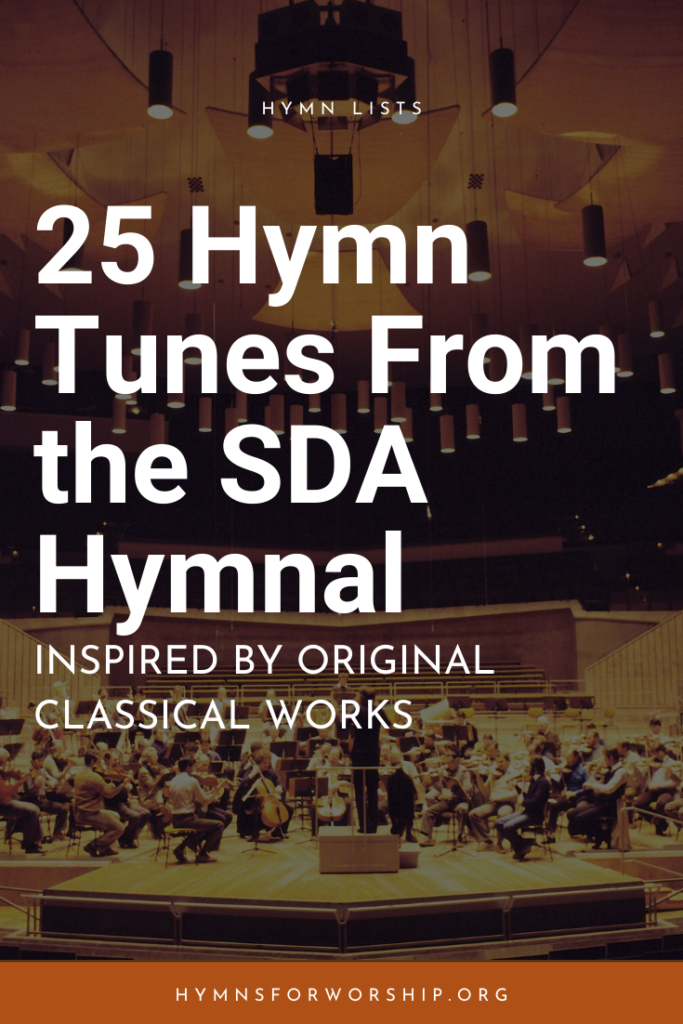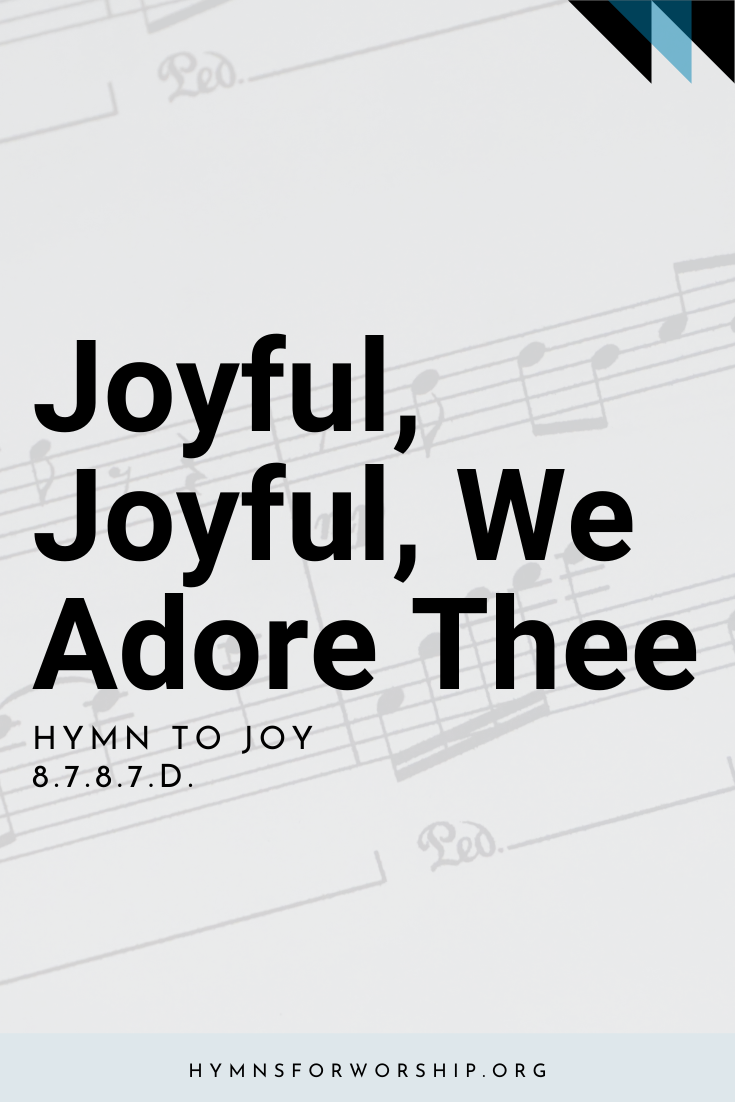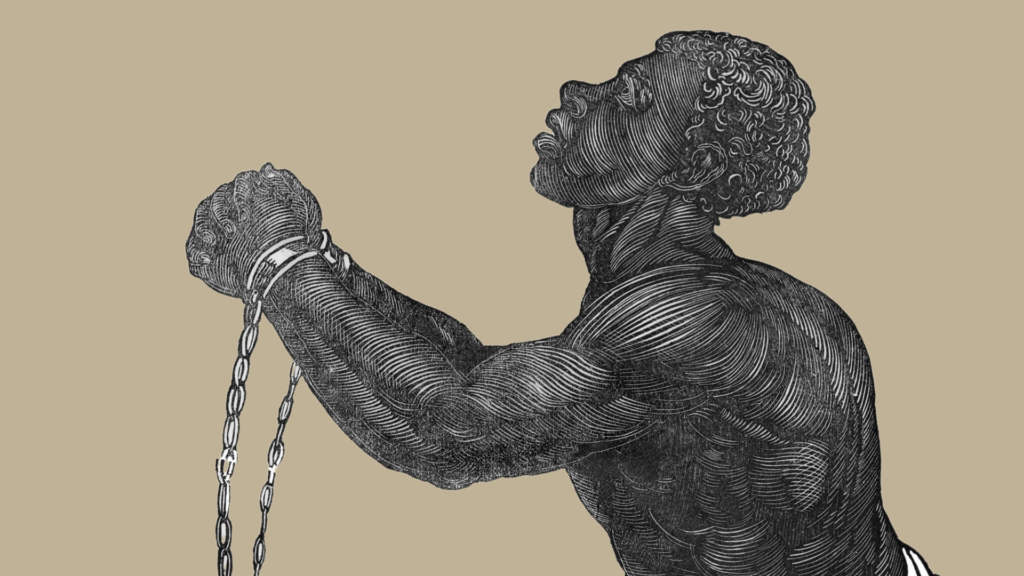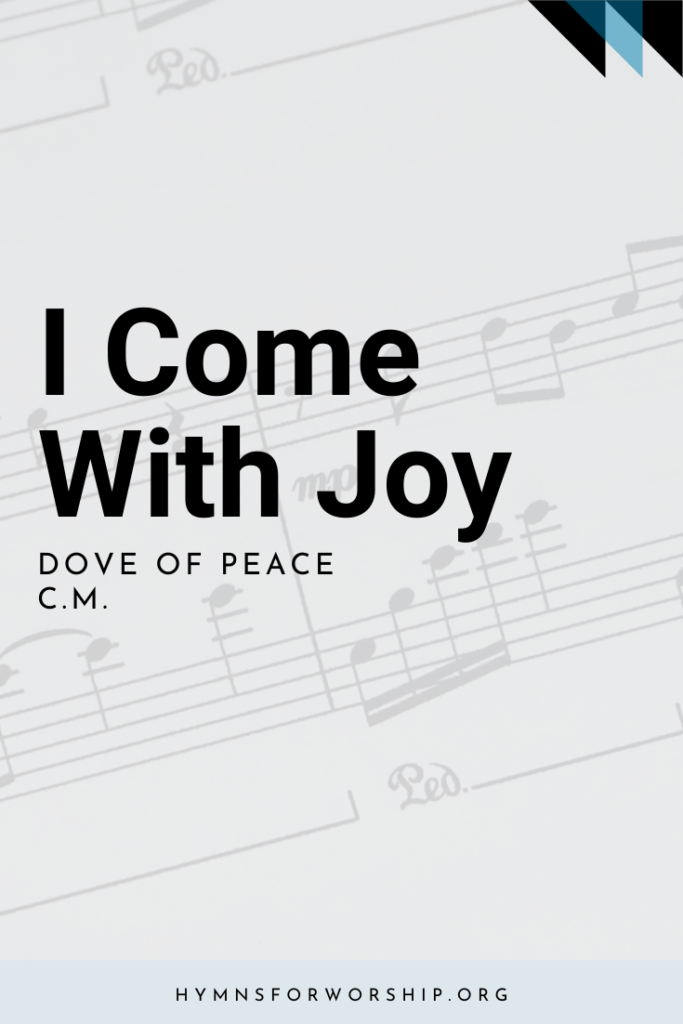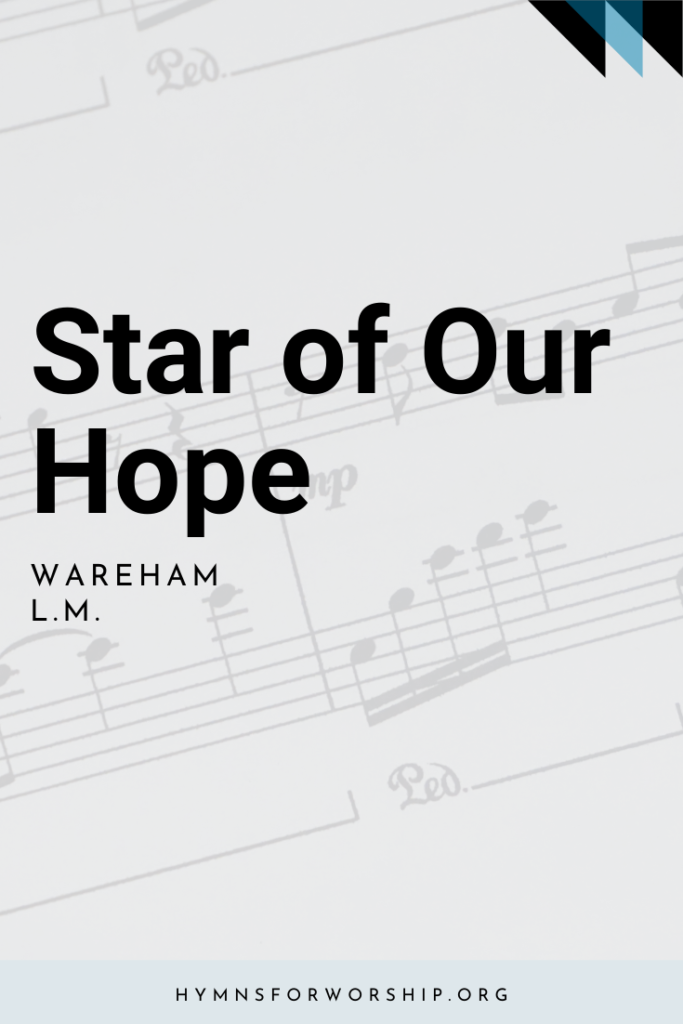WORSHIP >> Adoration & Praise
SDAH 12
Joyful, joyful, we adore Thee,
God of glory, Lord of love;
Hearts unfold like flow’rs before Thee,
Hail Thee as the sun above.
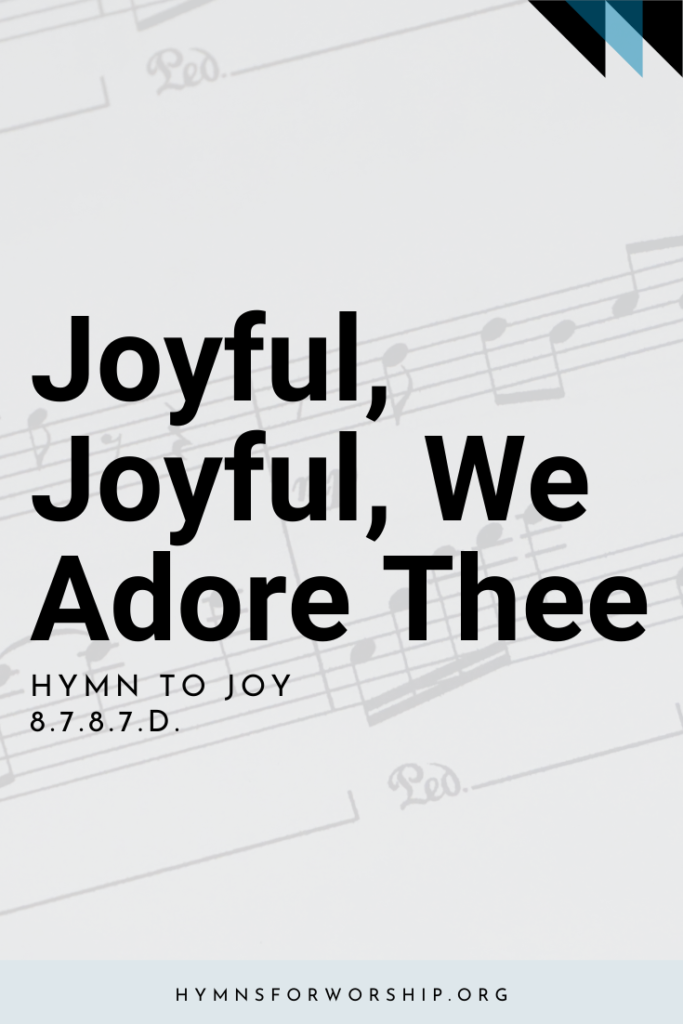
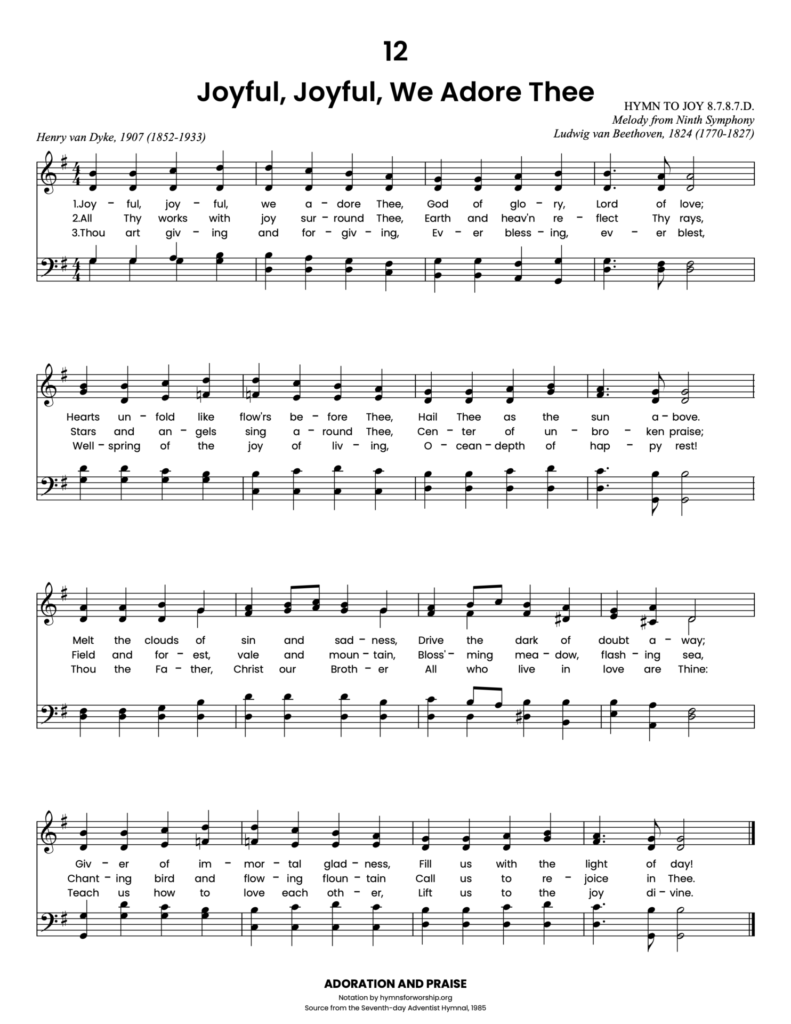
Get the hymn sheet in other keys here
For Worship Leaders
Make each hymn more meaningful with these helpful tools: Short, ready-to-use hymn introductions for church bulletins, multiple ways to introduce a hymn based on your worship theme and in-depth history and insights to enrich your song service.
Hymn Spotlight: Joyful, Joyful, We Adore Thee
Overflowing with praise and energy, Joyful, Joyful, We Adore Thee is one of the most triumphant hymns of worship. Written by Henry van Dyke in 1907 while visiting Williams College in Massachusetts, he was so inspired by the beauty of the surrounding mountains that he penned this hymn as an expression of joy in God’s creation. He insisted it be sung to the powerful melody of Beethoven’s Hymn to Joy from his Ninth Symphony—giving the hymn its uplifting and majestic character.
Van Dyke, a renowned preacher, professor, and diplomat, was a gifted writer known for works such as The Other Wise Man. His deep faith and literary skill shine through in this hymn, which echoes the themes of Psalm 98, celebrating the goodness of God, the beauty of creation, and the joy of redeemed hearts united in praise.
The tune, HYMN TO JOY, adapted from Ludwig van Beethoven’s final symphony, is one of the most stirring melodies in musical history. Though Beethoven was completely deaf when he composed and conducted this masterpiece, his music speaks with unmatched brilliance. It reminds us that true joy comes not from circumstances but from a heart lifted toward God.
As we sing today, may our voices rise in joyful adoration, declaring, “Hearts unfold like flowers before Thee, opening to the sun above!” Let all creation join in the song of praise!


Text
1
Joyful, joyful, we adore Thee,
God of glory, Lord of love;
Hearts unfold like flow’rs before Thee,
Hail Thee as the sun above.
Melt the clouds of sin and sadness,
Drive the dark of doubt away;
Giver of immortal gladness,
Fill us with the light of day!
2
All Thy works with joy surround Thee,
Earth and heav’n reflect Thy rays,
Stars and angels sing around Thee,
Center of unbroken praise;
Field and forest, vale and mountain,
Bloss’ming meadow, flashing sea,
Chanting bird and flowing fountain
Call us to rejoice in Thee.
3
Thou art giving and forgiving,
Ever blessing, ever blest,
Wellspring of the joy of living,
Oceandepth of happy rest!
Thou the father, Christ our Brother –
All who live in love are Thine:
Teach us how to love each other,
Lift us to the joy divine.

Hymn Info
Biblical Reference
(a) Ps 81:1, Isa 35:10 (b) Ps 96:11, 12 (c) Heb 2:11
Author
Henry van Dyke (1852-1933)
Year Published
1907
Copyright
Words reprinted with the permission of Charles Scribner’s Sons
Hymn Tune
HYMN TO JOY
Metrical Number
8.7.8.7.D.
Composer
Ludwig van Beethoven (1770-1827)
Tune Source
Melody from Ninth Symphony
Year Composed
1824
Theme
ADORATION AND PRAISE
Recommended Reading
The general idea when it comes to hymns is that there is a close bond between the author and the composer. That the author writes a hymn and the composer invents a tune to suit it, and then provides the harmony to accompany the tune. However, such wasn’t always the case.
Many hymns actually worked vice versa wherein authors would write verses according to existing tunes. Hundreds of hymns are sung from borrowed tunes, such as secular songs, chants, and even classical works. That being said, I went ahead and researched which hymns in the SDA Hymnal were originally classical works.
